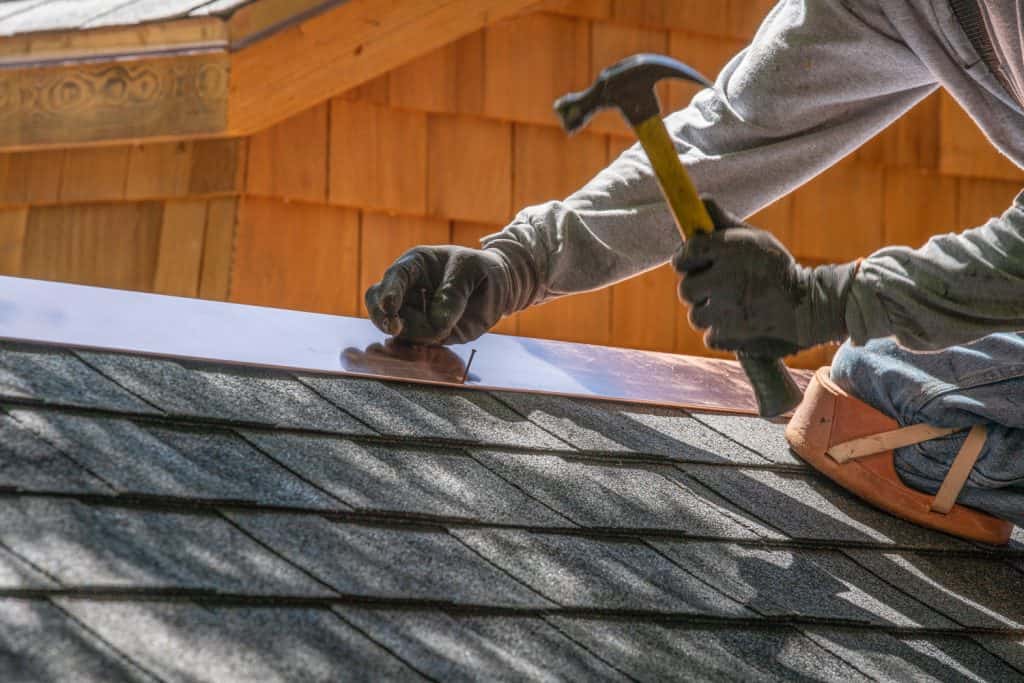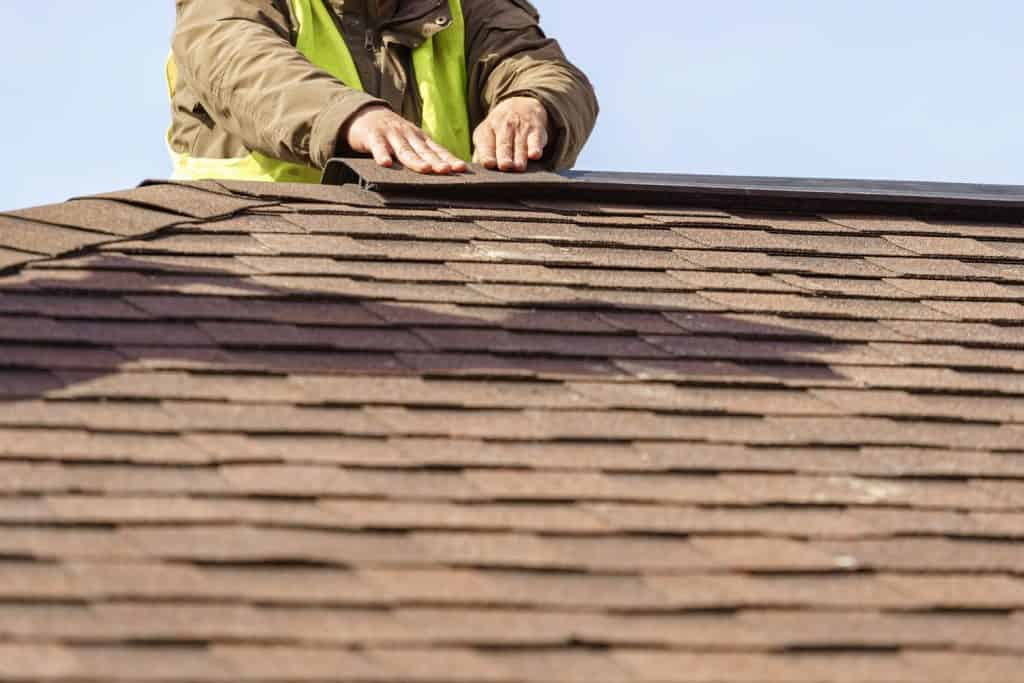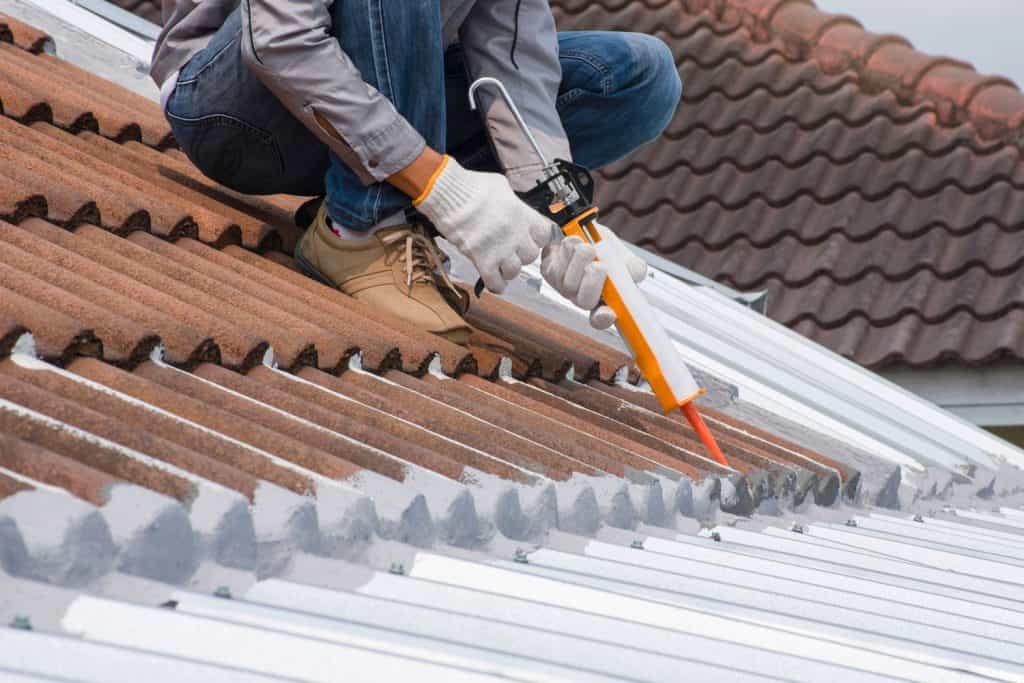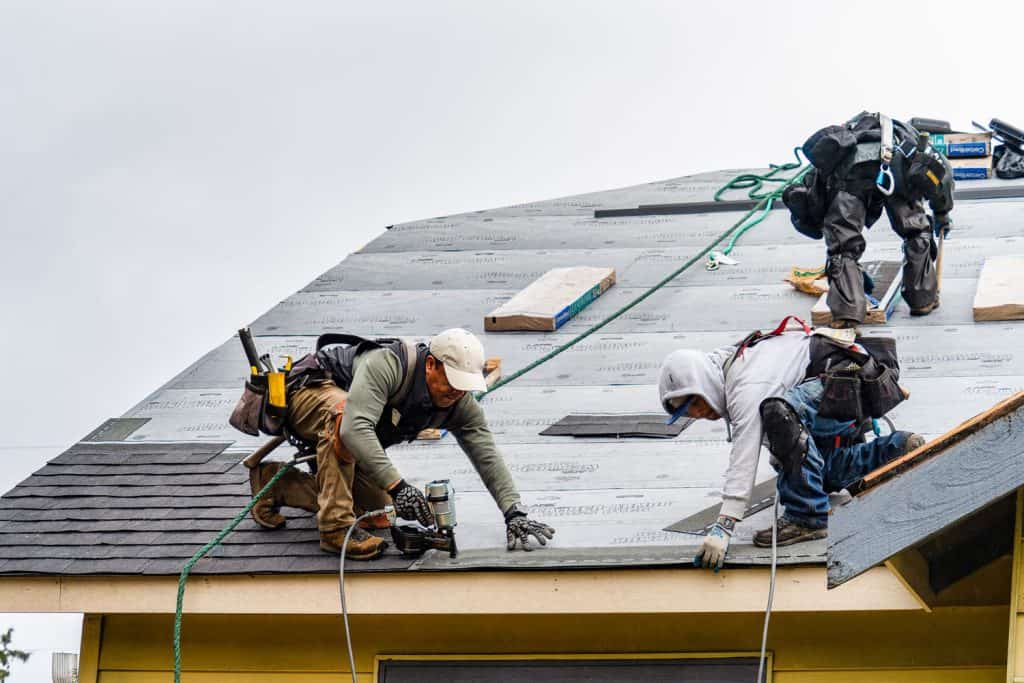Roofs/ceilings are made out of a variety of materials to make them long-lasting and sturdy. Plastic roofing cement is a waterproofing substance used to seal off your roof and enable the application of additional cover materials such as shingles over an existing surface. It may be used with various materials, and it may also be utilized on concrete and masonry surfaces. I often get a question, how long does plastic roof cement take to dry? I will answer that shortly so, keep reading.
Plastic roofing cement, sometimes known as mastic, asphalt plastic, or flashing cement, is a blend of asphalt and various solvents and fillers that is used to seal your roof. It's used with your primary roofing material to create a durable barrier against moisture and cracks. It's designed to be spreadable for convenient application and does not require any heating or thinning.

How long does plastic roof cement take to dry?
The fastest and most cost-effective solution is always top of mind when it comes to repairing your roof. Roof cement is ideal for small, quick repairs. It comprises plasticizers, reinforcing fibers, mineral spirits, and asphalt.
Repairing with plastic roof cement might be beneficial, but there are a few things to consider before doing so. It can repair leaks, holes, rust, and shingles that have come loose.
The weather determines the rate at which plastic roof cement dries. Plastic roofing cement should be utilized in temperatures ranging from 60 to 80 degrees Fahrenheit. It will take around two hours to solidify and 24 hours to seal in these temperatures completely.

How to apply plastic roof cement?
Plastic roofing cement should only be applied to clean, dry surfaces. Roof cement that has been abandoned for a long time should be removed, and rust should be removed from metal surfaces. Before application, concrete, masonry, and other absorbent surfaces may require a coat of primer. This surface preparation guarantees that the cement has the ideal surface to adhere to.
Plastic roofing cement is purchased in a can or bucket-like container and is troweled onto the roof. When sealing leaks or difficult-to-reach regions, a caulking gun may also be used. With a putty knife, the grout is smoothed after being applied to provide better leak protection and a cleaner finish.
Uses of Plastic roof cement
Plastic roof cement can be used to repair and seal composition, styrene, butadiene, styrene modified asphalt, and metal roofs with holes, cracks, or tears. In addition, it is used to seal gaps around flashing, vents, skylights, chimneys, and metal edgings and gutters. Plastic roofing cement may also be used to seal cracks in below-grade outside walls and foundations, as well as bituminous base flashing.
Plastic Roofing Cement and Weather Conditions
Roof repair is done with Plastic Roofing cement, a material used on the roof to mend it. This implies it's made to be used and withstand a wide range of weather conditions. It sticks easily to wet surfaces, making it ideal for emergency repairs since you don't have to wait for the roof to dry.
However, because it will endure harsh weather conditions, this does not mean it should always be used. If the weather is dry, plastic roofing cement should be utilized whenever possible. This will allow plenty of time for the cement to harden and become secure.
When the cement is dry, it is also safer to work with. If the roof is wet, there's a significant increase in the chance of slipping and falling, as well as injuring oneself. It's best to hire a specialist if the repair can't wait.
The durability of Plastic roof cement
Because your roof must endure harsh conditions, coatings applied to it will wear away over time. Plastic roofing cement is intended to avoid cracking in cold weather and melting in high temperatures. Still, it can deteriorate, and its waterproofing ability fades with time like other roofing materials. Because of this, you should inspect roof joints and seals regularly and reapply cement in regions that are cracking or worn to avoid leaks.

Frequently Asked Question (FAQ)
What Can I Do to Make Roofing Cement Dry Faster?
There's not much you can do to speed up the roofing cement's drying process. You must ensure that you use it in the correct circumstances and temperatures. Applying to a dry roof in hot weather is the best method to get the cement to dry quickly.
When should you use Roofing Cement?
When it comes to the sort of repair you need, there are a few instances when using roofing cement will be ideal. To begin with, you can utilize roofing cement to mend any roof if there is a leak or hole in it. It may be used on almost every material to repair minor wounds and fractures.
Roofing cement can also be used to mend metal components of your roof. This might be gutters and trim that are beginning to rust. Roofing cement may help prevent the corrosion of metal parts until you have a chance to replace them entirely.

This stuff is also ideal for waterproofing chimney flanks. When it rains, water won't seep into your fireplace because of this. You can also repair cracks in a concrete roof, reconnect shingles that have fallen off, or replace a single shingle.
Cement for Roofing is very flexible and may be utilized for various purposes. It can be used as needed to repair minor issues before they cause more damage and help you save money on repairs.
How to Remove Plastic Roofing Cement?
It's also simple to remove plastic roofing cement from your roof since the substance isn't permanent. Start by removing any loose pieces of the cement. Get rid of any debris left on the surface after removing those chunks using a wire brush.

You'll need to pry apart any remaining cement with a razor or chisel to get rid of it. When you constructed it, you should have scraped off any remaining roof cement that may have been hidden underneath the shingles.
Are There Any Alternatives of Roof Cement?
If you have an issue with your roof that needs more extensive repair, consider another option. Depending on the amount of damage, you may need to replace your entire roof. You may also want to get a professional to conduct a full inspection and make necessary repairs.
If you have a leak or a hole in your roof, your first choice is to use a low-cost and quick method. Roofing cement is great for short-term repairs and keeping your roof stable until you can repair it properly.
Although plastic roofing cement takes only a few hours to dry, it can be challenging to obtain in some country areas. It's not a good long-term solution or a remedy for widespread damage. You may need to replace your entire roof or have specialist help with the repairs.
